In 1981, Canada revealed one of its finest exports to date, the low-budget slasher sensation “My Bloody Valentine.” The film is about Harry Warden’s murderous reign over a small mining community after he is trapped underground as the result of an accidental explosion. While the film was neither blockbuster nor a critical darling, it has since become both a cult classic in the slasher genre.
Jan. 16, 2009 marks the debut of the American remake, “My Bloody Valentine 3D.” Shot in the new digital HD 4K format and designed meticulously to make axes, severed limbs, and nipples pop out of the screen, the film is the first R-rated film to utilize the trendy, high-budget 3D technology.
On opening night, the theater was filled with anticipation. At last, it was time to put on the goggles and get ready for the 3D slasher awesomeness. The film started rolling, and it immediately delved into familiar territory: horny teenagers getting drunk. It didn’t take long for the blood to start pouring, or for the audience to start groaning at the disappointing fact that they’d just paid extra money for this crap.
To begin with, the whole “three-dimensional” idea didn’t really pan out. Back in the Renaissance, artists like Leonardo DaVinci discovered that they could create the illusion of depth on a two-dimensional surface through perspective, the principal that objects in the foreground are bigger than objects in the background. One might think that we would have developed better illusions half a millennium later, but “Valentine 3D” show-cased little beyond the old tricks of the eye. Instead of seeing a three-dimensional pick-ax, you see a really big two-dimensional pick-ax right in your face. It’s more distracting than immersing.
Every other element of the movie was right in line with the obnoxious and overwhelming characteristic of the 3D. While this did provide for a cohesive experience, it also made the film feel unbearably long, despite its measly running time of 101 minutes. Almost every actor’s performance was tarnished with phony melodrama, but this is to be expected when one of the lead males (Jensen Ackles) was pulled directly from the set of “Days of Our Lives” and the principal actress (Jaime King) made her debut on the runway.
The plot stuck to conventional slasher structure, making a final effort to set itself apart by adding a “who dunnit” element in the last twenty minutes of the film. The formulaic narrative would have been forgivable had the killing scenes been exciting, but they proved more cartoonish than terrifying. The film also did not help to endear itself by adding an entirely despicable sex scene that included 10-whole minutes with a shaved vulva in full view.
In essence, “Valentine 3D” (along with most contemporary American horror films) failed to tap into society’s deepest fears. In terms of their respective abilities to induce terror, slasher films have a steep advantage over supernatural horror films, simply because their subject matter presents us with a truth that has already been woven into the fabric of our society.
One can easily shake off stories of possession or vampires, but stories of murder are found every day in the popular media and can often be hard to ignore.
These fears are real and were once harnessed to create truly captivating cinematic experiences, like the original Texas Chainsaw Massacre, Halloween or even the comparatively modest “My Bloody Valentine.”



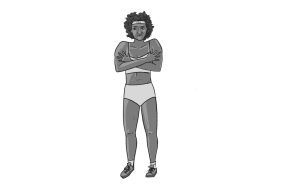

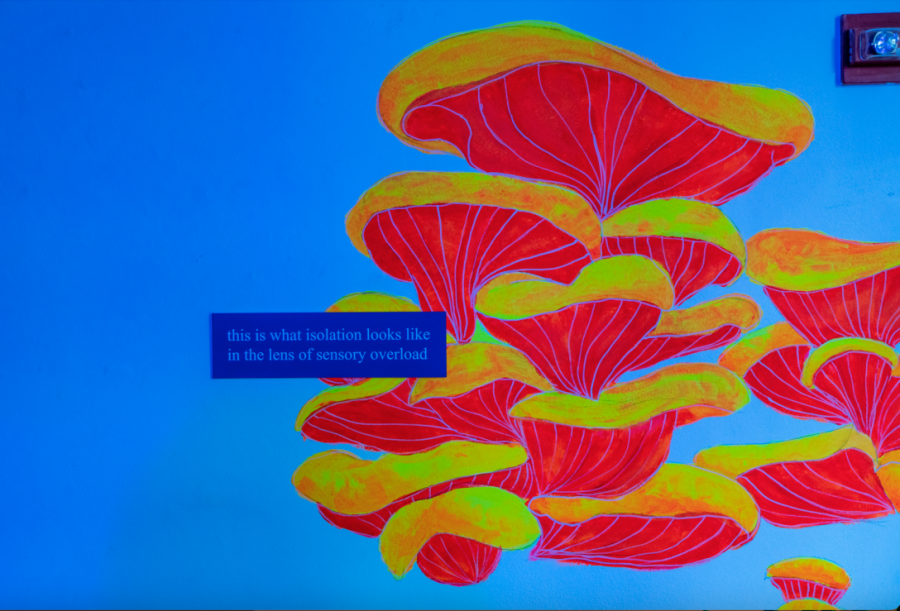
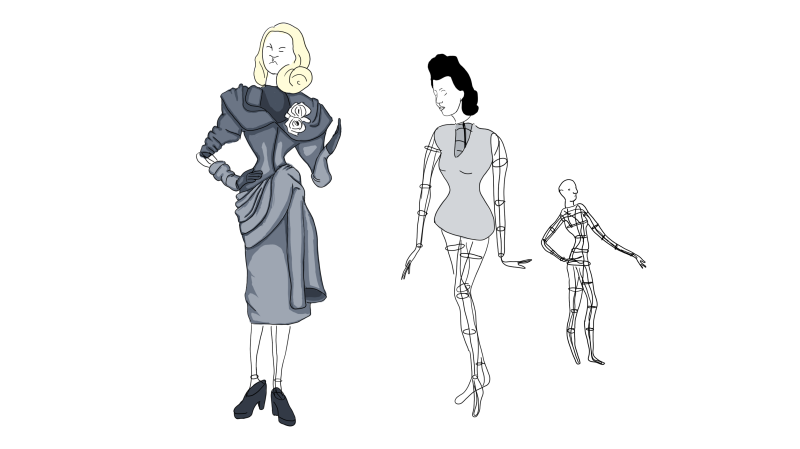
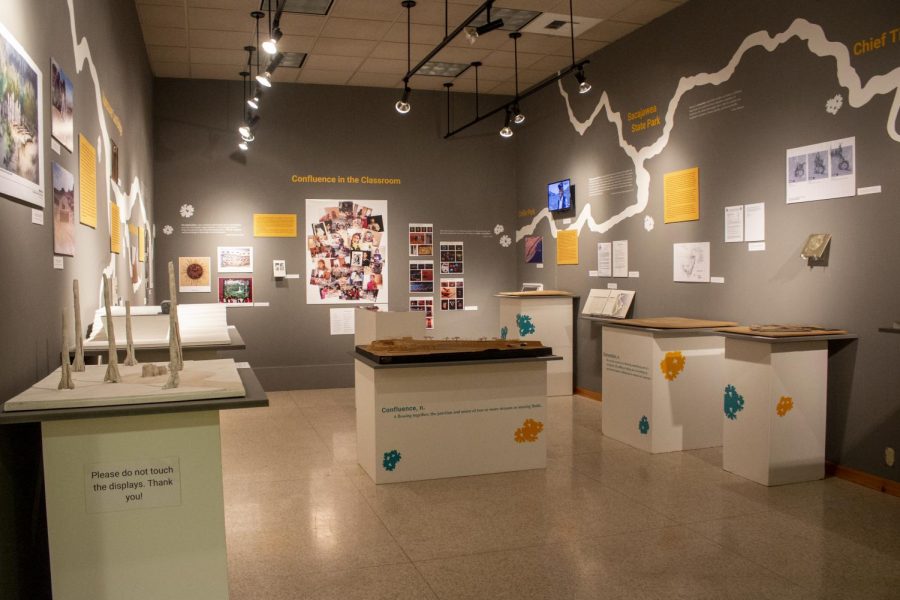

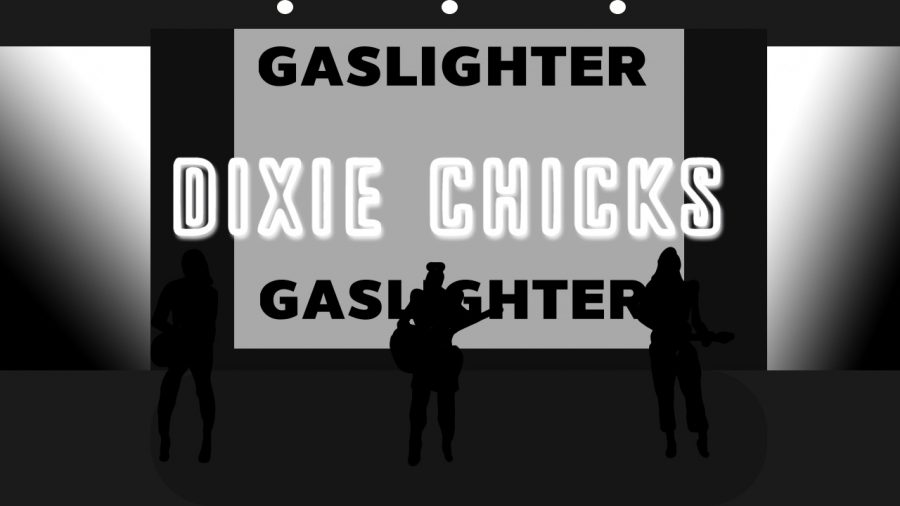
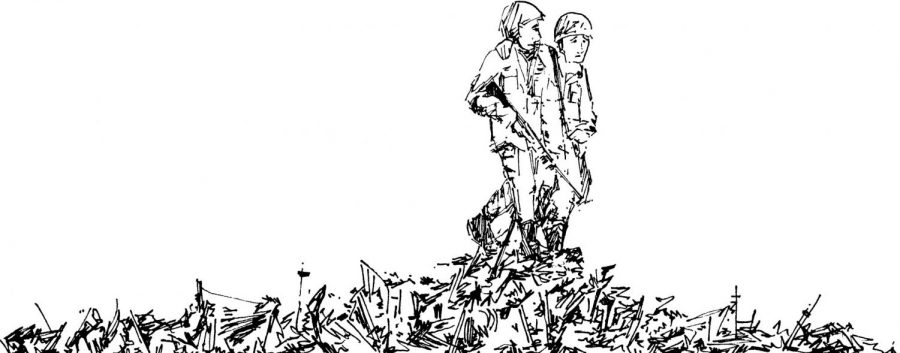
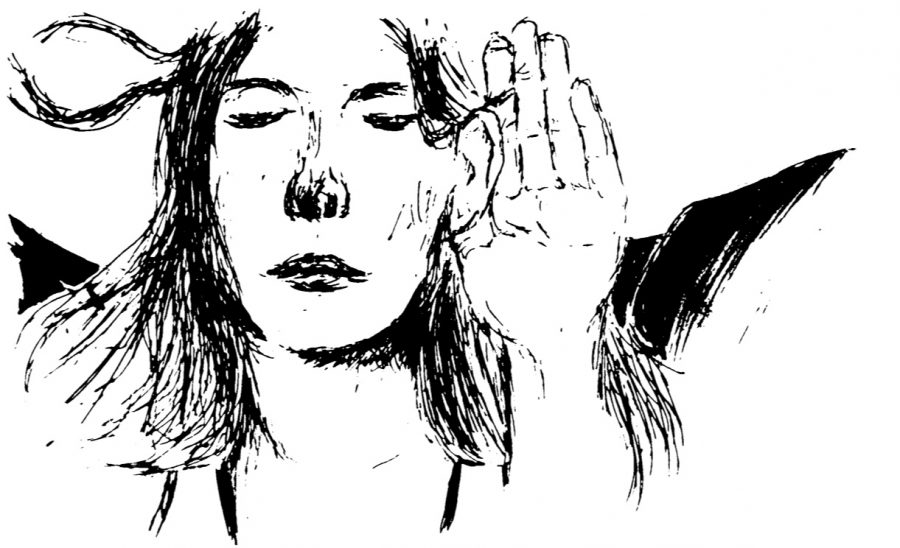
CJ Wisler • Feb 16, 2009 at 2:41 pm
Iris – you’re article, aside from one little mistake that faux journalistic know-it-alls and rabid Ackles fans decided to knock you for, it’s an impressive article. “Valentines” is rubbish, and while it may be fun if you have nothing else to do, there are plenty of other fun slasher flicks with a bit more meat in them.
One more little thing – you have a grammatical error in the first paragraph:
“While the film was neither blockbuster nor a critical darling, it has since become both a cult classic in the slasher genre.”
I think using “both” there is incorrect.
All-in-all, super article with a nice bite to it.
Someone smater than Nikita • Feb 14, 2009 at 3:19 pm
This is ridiculous. Nikita, shut [expletive deleted] up.
Also, Jensen Ackles is NOT the most underrated actor.
Connor • Feb 13, 2009 at 5:15 pm
Hey Iris–Great review and great writing. It looks like you’ve elicited no less than eight responses from Jenson Ackles, masquerading as concerned fans so as to not look like a washed up actor who gets upset over reviews in a small liberal arts college newspaper. Don’t let ’em get you down!
Pshaw • Feb 13, 2009 at 5:04 pm
“You may have hated the film, but you might try using relevant and accurate criticism to make your point. As Bobby from Supernatural would say (oh – that would be the fabulous show, in it’s fourth season, that Jensen is ACTUALLY on) your an idjit.”
She’s not an “idjit,” and I’d say that aside from that small mistake, she uses a lot of relevant criticism in this piece.
And please stop reminding Iris about the “rules of journalism.” She knows the rules. She made a mistake and she apologized for it.
Hannah Watson • Feb 13, 2009 at 7:36 am
U r so wrong about Jensen Ackles! he is one of the best actors around 2day and he hasn’t been on Days of our Lives for years!! get ur facts straight b4 u write something like that!!!!
lizzie • Feb 13, 2009 at 4:00 am
Getting your facts straight is surely the FIRST rule of good journalism and something which if you are unable to show your reader, they are unlikely to accept anything that you say as being worth the paper (well,screen) it’s written on.
Jensen Ackles has not been on Days of Our Lives for years.
You may have hated the film, but you might try using relevant and accurate criticism to make your point. As Bobby from Supernatural would say (oh – that would be the fabulous show, in it’s fourth season, that Jensen is ACTUALLY on) your an idjit.
Iris Alden • Feb 13, 2009 at 1:59 am
Sorry about the misuse of the word “directly,” that was incorrect and I would like to retract it.
Jaime King • Feb 13, 2009 at 12:17 am
Where are my fans, huh? This sucks.
Carrie Goddard • Feb 12, 2009 at 6:06 pm
Yes, the gimmicky overplayed 3D tricks and full frontal (female, of course) nudity definitely made watching some parts of this movie a chore.
But Jensen Ackles? Is only THE most underrated actor out there right now. He’s come a long way, baby, since “Days of Our Lives,” and all you have to do is watch a few episodes of “Supernatural” to see what I mean.
And to Jensen: Dude, you’ve got all KINDS of fans.
Jensen Ackles • Feb 12, 2009 at 2:56 pm
Apparently I have some serious, not to mention aggressive fans out there. Who knew?
Nikita • Feb 12, 2009 at 1:59 pm
“Pulled directly from the set of Days of Our Lives?”
Bzzzzzt. Epic fail, chica. But thanks for playing.
They’ll let anybody call herself a journalist these days, won’t they? That’s cool. You’ve got a stellar career ahead of you at Fox News, where they don’t bother to check their facts, either.
Bea • Feb 12, 2009 at 1:38 pm
Just a note. Jensen Ackles hasn’t been on Days of Our Lives for 8 years. He’s since been in Dark Angel, Dawson’s Creek, Smallville, and for the last 4 years, Supernatural, which is an actual horror genre show. In defense of all of the actors, you do what you can with the script, but at the end of the day, the director makes the choices for how you read your lines. I think all the actors did what they could with what they had under direction. Ackles, for example, is exemplary under competant direction, as is Kerr Smith. So at least place the blame where it belongs.
smellynelly • Feb 12, 2009 at 1:37 pm
Jensen Ackles wasn’t pulled directly from Days of our Lives. He hasn’t been on there for years. Where do you pull your facts from? Jensen’s career has been steady moving forward and if you want to see some good acting, check him out on Supernatural. Otherwise, don’t bother stating something you know nothing about as fact.
Plus, this movie was fun.